
Nature Painting inspired by a study on leaves and color change.
In our home creative learners abide. There is no end to the celebration of creativity. You can probably imagine that the arts are a huge part of our homeschooling. Even if you’re not particularly artistic you can still apply the arts to your science program. I have found art to be particularly compatible with science.
Study Science Through Art with Music
In our homeschool this week….
we’ve been learning about the human body through music.
The possibilities are endless when it comes to learning science with music. One company based on this concept is: Lyrical Learning.
You can read my full review on Lyrical Life Science @ The Curriculum Choice on Oct. 26th.

This year we are using music to help us learn new anatomy and physiology terms!
The idea is that with music and lyrics the material is easier to memorize. Music is repetitious. The more we listen the more we enjoy it. In the process we also learn the content of the song. This particular program is amazingly written so that virtually all of the text information is covered by simply learning the songs!
It’s been so much fun for us. John loves the rhythm and to play “air drums” while we listen in the car on the way to our extracurricular activities.
Study Science Through Art with Drawing
Helpful homeschooling advice to share…
Make a habit of Nature Study.
The natural world is a great teacher. Exploring it never really gets old, even visits to the same nature spot over time enhances our knowledge of science and the world around us. I’d like to share with you some of the art from our nature journals:

Excerpts of each of our nature journals.
Read how to start your own Nature Journal.
In the spirit of Charlotte Mason for several years we have done nature study. We did so much of it we eventually created a blog solely devoted to our nature study. Here are some links to a few of my high school students science assignments from previous years if your interested:
Grasshopper or Locust? by Anna.
Eastern Gray Squirrel by Daniel
Black Capped Chickadee by Daniel
Study Science Through Art with Dioramas

Our Seabird Unit Study covered whales, icebergs, and many other science topics.
Places we’re going and people we’re seeing…
We met some wonderful volunteers at Jamestown this week who taught us a ton about it!
It’s the kick off for a Jamestown unit study that I’ve been working on. We will begin it next week in our homeschool. It’s obvious that Jamestown is an awesome historical place to visit but it’s also an awesome study of science through art with archeology!

You may not realize that it’s the richest archeological site in the U.S. and that archeologists are there digging today. The two bottom pictures in the collage show the area where, at the time they were taken, the 1608 church was soon to be discovered.
Study Science Through Art with Sculptures and Models
There is nothing to help you learn more than to reconstruct what you have learned. Cell models, human body, volcanoes, the possibilities are endless!

After a visit this summer to the Smithsonian he got the chance to dig for some bones too and then reconstruct what he found. He loved this project!
Study Science Through Art with Photography

North American Millepede- Narceus Americanus.
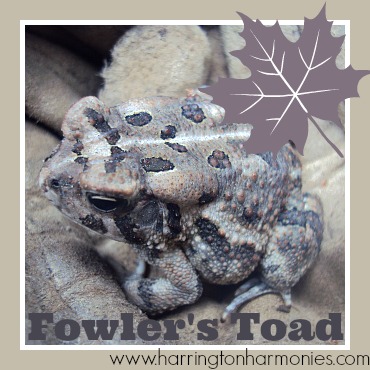
Fowler’s Toad –Bufo fowleri (Bufo woodhousii fowleri)
It’s an art to capture something you see with a camera. It can really enhance your study of any science category. We use it mostly for documenting what we encounter on nature hikes and field trips. Later you can go back and find out what it is without having to rely on our memory. It’s especially helpful in identifying species of animals and plants if you don’t have a field guide.
You can use photography to capture other areas of science as well. Technology has made all this possible. Here’s a perfect example how the National Botanical Gardens used photography to gain a closer view of one of the species in their Savage Garden Exhibit.

At the National Botanical Gardens.
One question I have…. How does this plant consume this animal?

Science photos can inspire research, provide observation and documentation, as well as inspire questions and ideas? Another idea is to have your child can keep a photo journal or later write about their topic of research based on their photo.
Study Science Through Art with Artist Study
I’m inspired by…
Audon – Orinthology
Michelangelo- Anatomy
Da Vinci – Invention, technology
A favorite quote to share with you this week…

Thank goodness I was never sent to school; it would have rubbed off some of the originality. -Beatrix Potter




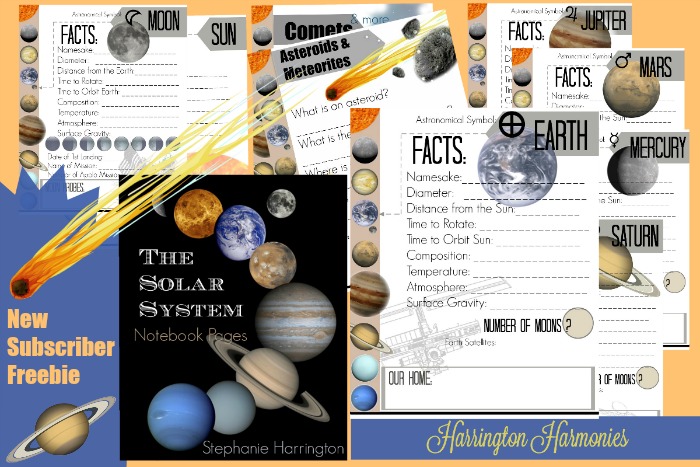






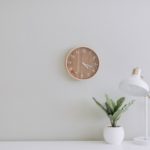
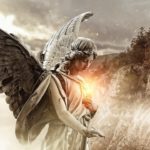
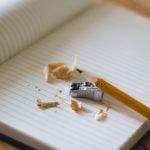
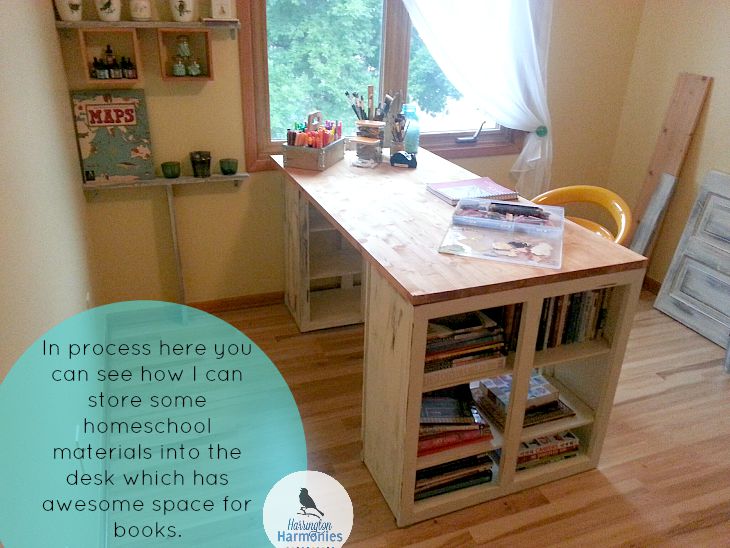






2 Comments